Kate Greenway
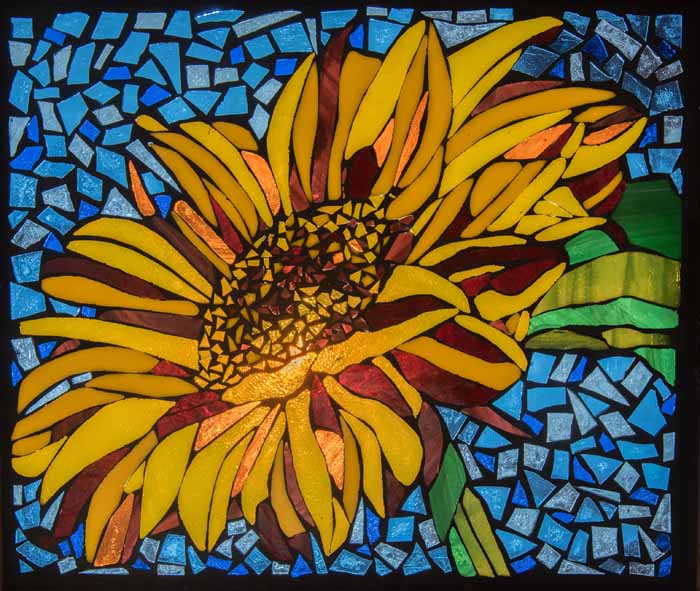
The sunflower, the quintessential representation of summer, becomes a symbol of strength at the hands of artist Kate Greenway. Her artworks depict a fragile and ephemeral plant, dependent on sun and heat but capable of acts of resistance and self-determination.
Looking at Kate’s artworks, expertly crafted with mixed media techniques, the mind immediately flies to the iconic sunflowers painted by Vincent Van Gogh. But if this flower represented the search for light in times of darkness for the Dutch master, for the Canadian artist, it acquires contemporary meanings. In Kate’s works, sunflowers are charged with new metaphors: it is the flower that stands for summer vibrancy, but it also fades with the passage to Autumn. But there is more. It is the national symbol of Ukraine, currently ravaged by war, but which, like a sunflower, remains fiercely standing. What at first glance appears to be a classic still life thus becomes a symbol of pride and hope for a nation. Kate’s images are strong works that tell of a contemporary tragedy and fight for democracy.
Moreover, Kate concretely supports the Ukrainian cause with her art. The series is part of the Sunflower Project, an artist initiative that aims to raise funds for humanitarian relief, donating a percentage of proceeds to Ukraine. The attempt to break this loop of suffering and negativity is one of the most important goals of Kate’s creative practice. The artist showcases a variety of media and techniques that reflect the feeling that art could be a tool of true enlightening.
Kate works with watercolours—a medium in which colours are diluted—playing with reflections, transparencies, and layers of hues as delicate as a flower. Her skillful use of glass techniques is delightful. Some of Kate’s works are glass on glass mosaics, where she achieves saturated and crisp images through transparent and opaque pieces of glass.
Watercolours and glass works have one aspect in common: the suggestive use of light. Light passes through the glass and shines on the watercolours, infusing warmth and luminosity. Kate’s artistic technique thus becomes a metaphor for this quest for light. It is no accident that Kate’s work, particularly in its use of glass, is comparable to that of master Marc Chagall. Like Chagall, who, in addition to paintings, made spectacular religiously themed stained-glass windows, Kate also silhouetted synthetic and impressive images that use light and matter to create visions.
Kate Greenway is a Canadian artist who manages to reconcile technical skills and the symbolism of flora, fauna, and landscapes. She completed a Masters and Ph.D. in Arts Education, honing glass techniques, including fused, stained and mosaic. She exhibited across Ontario and recently in a solo exhibition in Toronto. Her mixed media pieces always carry metaphoric weight in their ability to be transparent or opaque, inviting viewers to go beyond the surface.
Kate Greenway is the Gold Artist of the ArtAscent Summer call for artists. To see the full body of work and profile, get a copy of the ArtAscent Art & Literature Journal Summer issue.

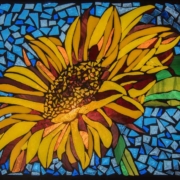
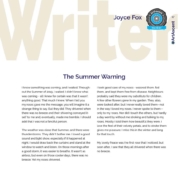

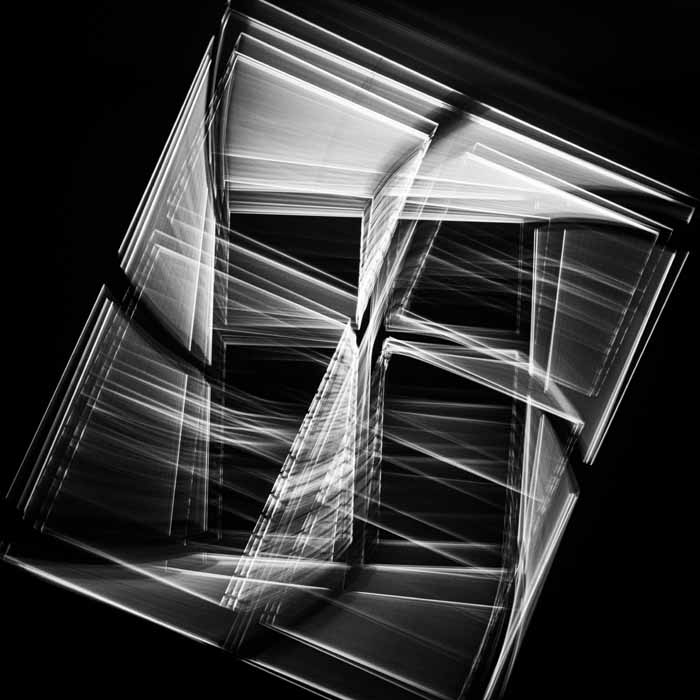
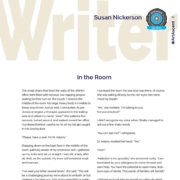

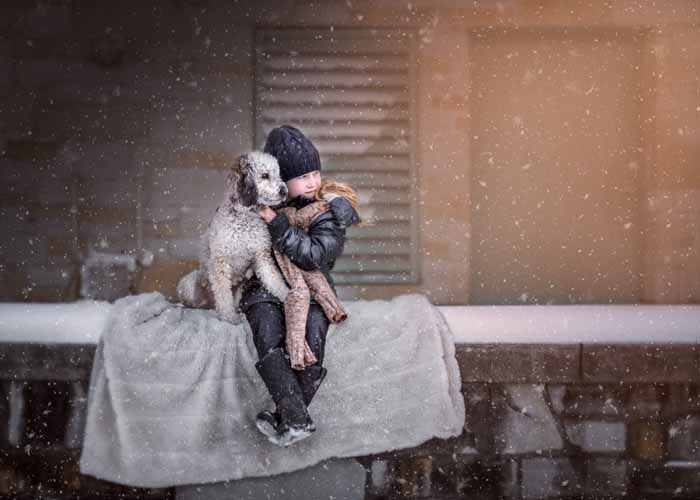

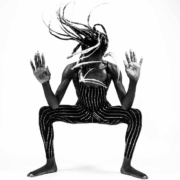







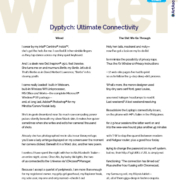
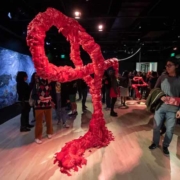
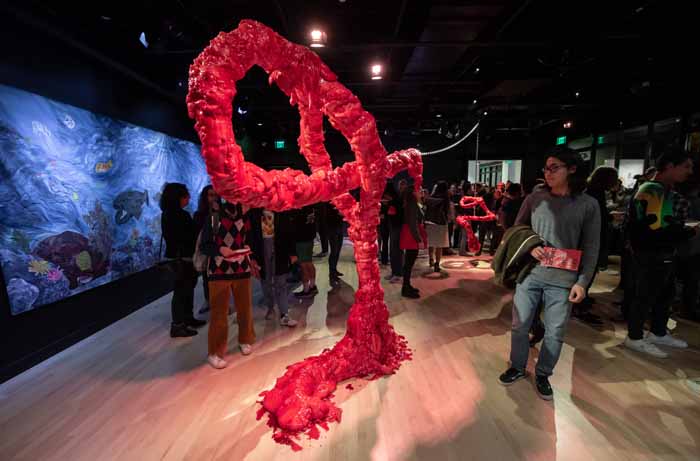
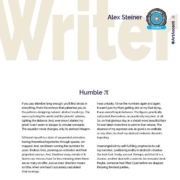
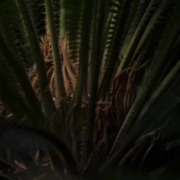
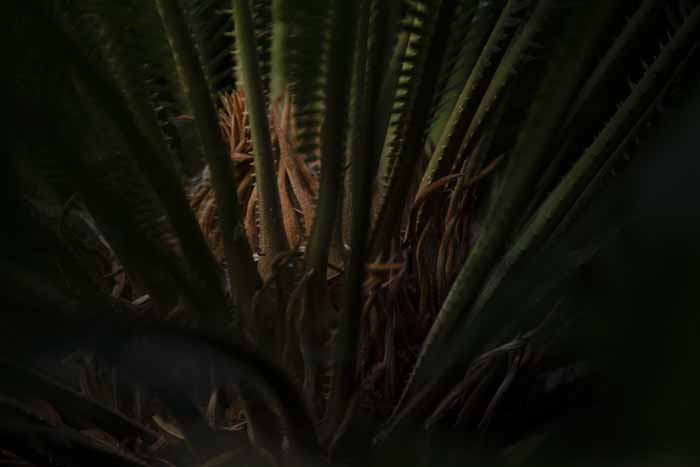
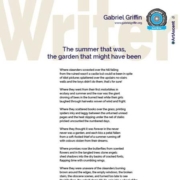


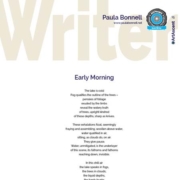
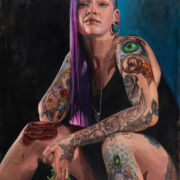
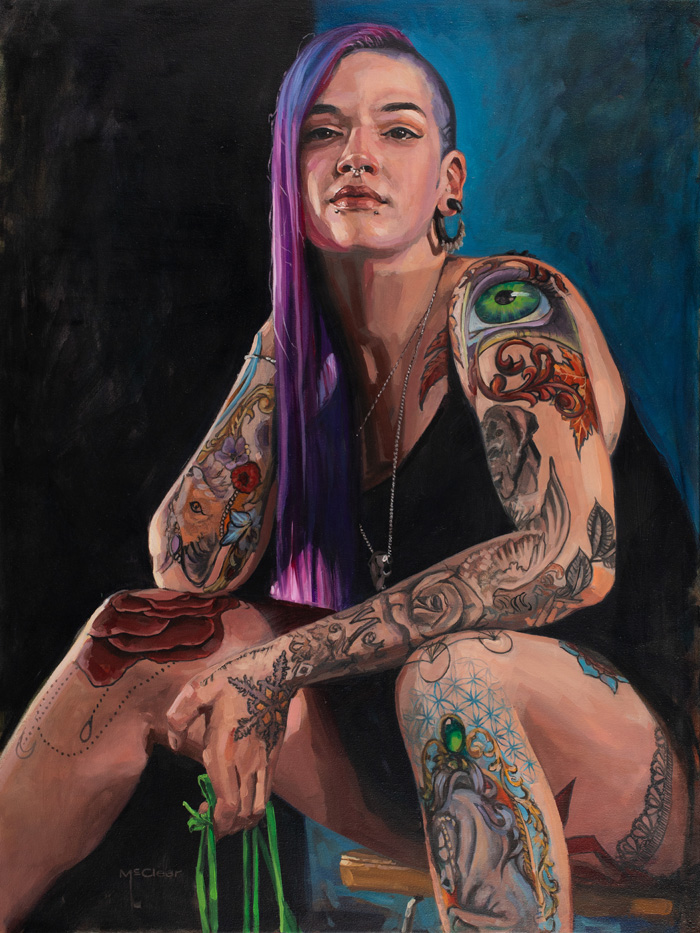
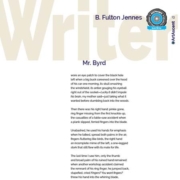
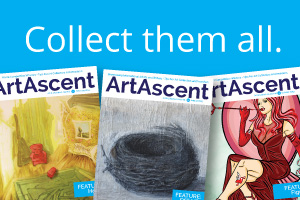

Recent Comments